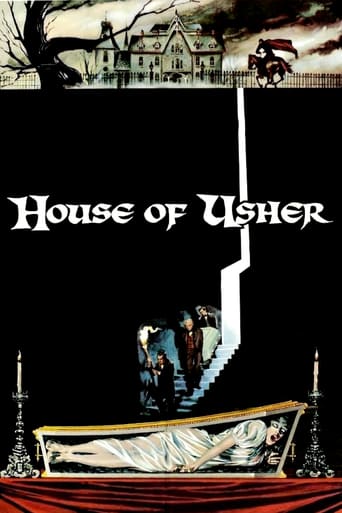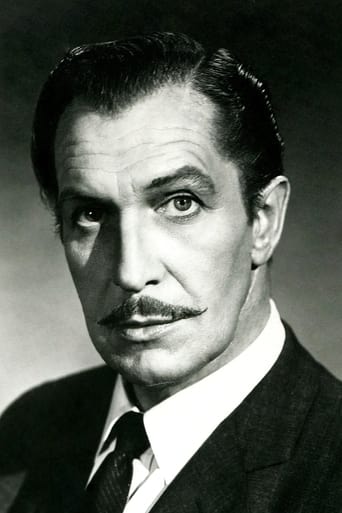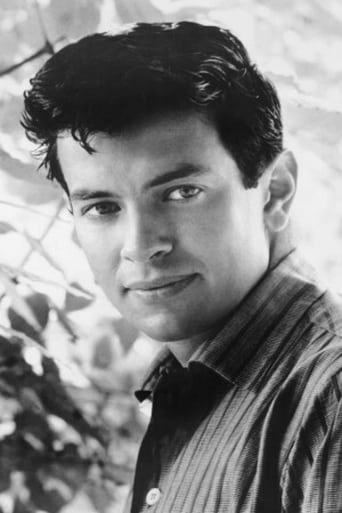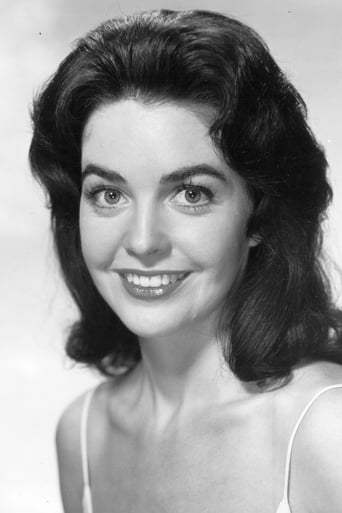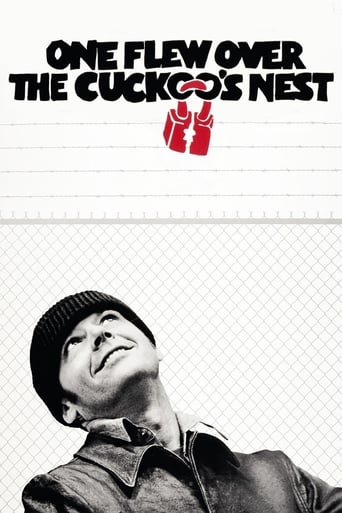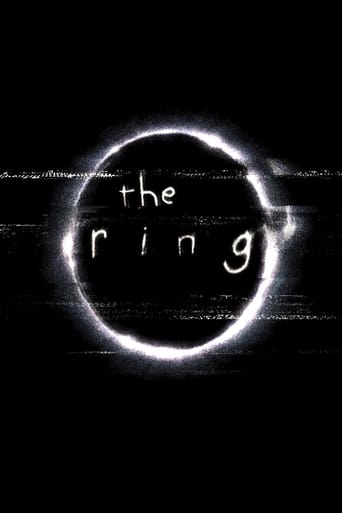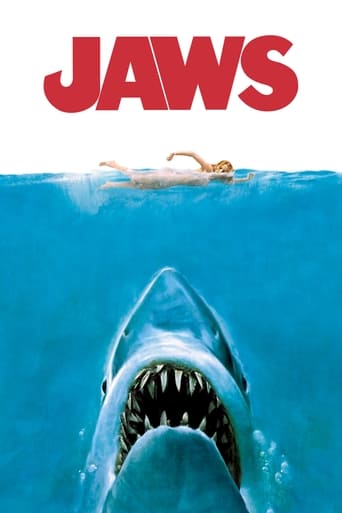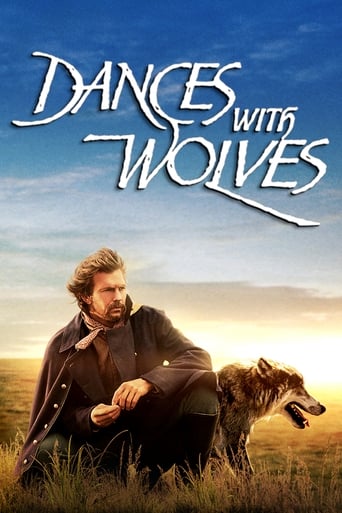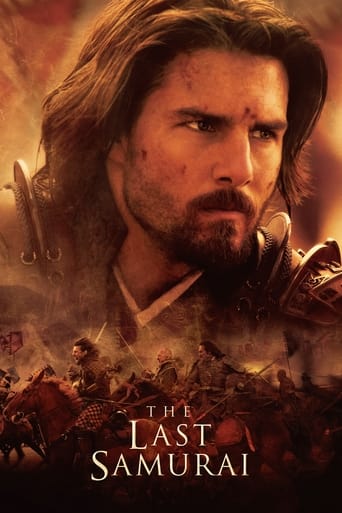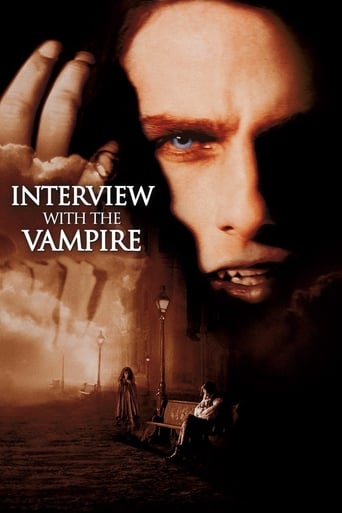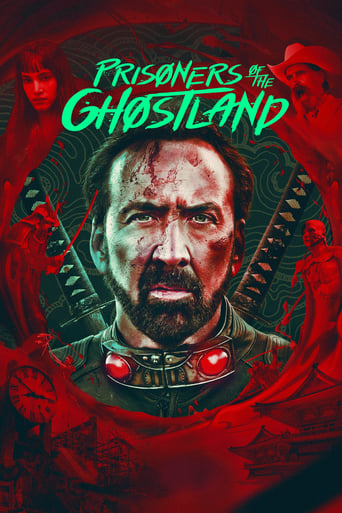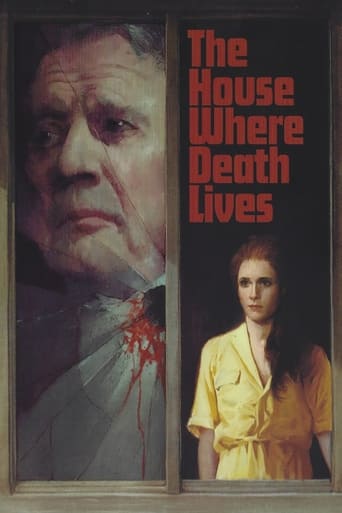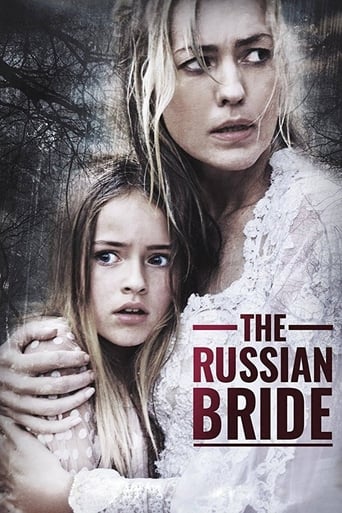House of Usher (1960)
Convinced that his family’s blood is tainted by generations of evil, Roderick Usher is hell-bent on destroying his sister Madeline’s wedding to prevent the cursed Usher bloodline from extending any further. When her fiancé, Philip Winthrop, arrives at the crumbling family estate to claim his bride, Roderick goes to ruthless lengths to keep them apart.
Watch Trailer
Cast


Similar titles
Reviews
Strong and Moving!
Highly Overrated But Still Good
Although it has its amusing moments, in eneral the plot does not convince.
Through painfully honest and emotional moments, the movie becomes irresistibly relatable
This is one chilling movie from 1960, that never gets old. The movie begins when Winthrop( Matt Damon) travel to to the Usher mansion to see his fiancee. When he approaches the mansion, he notices the land is barren. he knocks on the door, and the man-servant Brisco( Henry Ellerbe), answers the door. He tells Winthrop he can't see Madeline (Myrna Fahey) because she is ill. Winthrop insists, and Brisco let's him in. He is asked to remove his shoes, which he thinks is odd. When he meets Rodrick Usher( Vincent Price) he realizes he is strange. Rodrick suffers from a mental illness. He is sensitive to sound, and asks to speak softly. he and Rodrick don't seem to get along, and believe Rodrick is overprotective. When Winthrop tell Rodrick he and Madeline are to be married, he gets upset. He explains that The Usher blood is cursed, and doesn't approve of the union. When asked if the marriage will include children, Winthrop say yes. Rodrick tells him that the bloodline must not continue, The Usher's have been cursed with madness and disease. That doesn't scare Winthrop, and he wants to take Madeline home with him the next day. Winthrop gets to know Brisco, and Brisco tells him history about the house and the usher dynasty. When Winthrop finally gets to see Madeline, she is so happy, but she has issues. She suffers from Catalepsy, plus Rodrick has put negative thoughts in her mind. When she travels down to the crypt with Winthrop, she shows him the Usher crypt. Winthrop has a fit, telling her it's not natural, she shows him the past Usher's, then her place in the crypt. Winthrop is now very upset with Rodrick. Madeline has thoughts of death and fears her own demise. One day Rodrick tells of the history of the land and the beauty of it. Then a plague came, and the Usher curse began. One night he hears Rodrick and Madeline fight . Supposedly Madeline has died, and Rodrick is rushed to in tomb her. While talking to Brisco he realizes she was buried alive. When she is found, they realize she has gone mad. In the end, a fight ensues and Rodrick Usher perishes along with The Usher mansion.This is a true gem, very creepy and it makes you think about in-laws. I will tell you this is one movie that is excellent. If you are able to get it, find it with The Pit and The Pendulum. Two classic for the price of one.
Outside of Boston, a young man travels to the family mansion of his betrothed, only to find she's living under the thumb of her drug-addicted brother, who believes he and his sister are both doomed and their homestead is a palace of evil. Producer-director Roger Corman and screenwriter Richard Matheson tackle Edgar Allan Poe for American International, its title shortened from "The Fall of the House of Usher". A blond Vincent Price, speaking very slowly as the creepy Roderick Usher, has mostly expository dialogue, continually filling us in on Usher family history; Corman allows Price to do his thing, but he is of no help to the other performers, particularly sweethearts Mark Damon and Myrna Fahey (both wretched). The creaking, crumbling castle looks ominous from the outside, yet the interiors are brightly-lit and full of color, while the actors are so immaculately coiffed and made-up they look ready for a costume ball. Matheson aims for a suspenseful mood rather than outright shocks, and Corman plays up the billowing curtains and slamming doors, but their picture resembles a connect-the-dots job, a juvenile Gothic, one further handicapped by Corman's funereal pacing. ** from ****
"The Fall of the House of Usher" was the first in a cycle of films based on the works of Edgar Allen Poe and made by Roger Corman between 1960 and 1964. (All but one of these starred Vincent Price). As with some of the later entries in the series, Corman makes a number of changes to Poe's story. Poe never explicitly states where the action of his story takes place, but his references to the house being many centuries old suggest a location somewhere in Britain. (In his lifetime few American houses would have been older than a century, and none older than two centuries). The film, however, is explicitly set in New England, with the explanation that the house was dismantled and re-erected across the Atlantic when the Ushers emigrated. Poe's nameless narrator is invited to the house as a boyhood friend of its owner, Roderick Usher. Here he is given the name Philip Winthrop and is the fiancé of Roderick's sister Madeline. In the story Roderick and Madeline are twins, but here Roderick is a middle-aged man considerably older than either his sister or Philip. In the original Madeline only appears briefly before her death, but here she is given a more important role. Most importantly, Corman introduces a moral theme not found in Poe. (He was to do something similar in a later Poe film "The Masque of the Red Death", where the innocent young girl Francesca is introduced so that her goodness can act as a foil to the villainy of Duke Prospero).Poe's Ushers were a distinguished family, noted for their charity and their patronage of the arts; there is nothing to suggest that the decline in their fortunes is in any way connected with their moral character. Here, Roderick and Madeline are the last survivors of a family notorious for wickedness, cruelty and vice, many of whom went mad, and it is implied that their evil has blighted the surrounding countryside and suffused the very walls of the house itself. Poe used the phrase "fall of the house" in a double sense, referring to both the decline of the family and the physical collapse of their home. The film does the same, but with the implication that this "fall" is the natural result of, and a just reward for, centuries of evil living. Despite its divergences from Poe's plot, however, the film still keeps an essential feature of his story, namely the atmosphere of psychological terror which pervades it. Much of this is due to the performance of Vincent Price (Neither Mark Damon as Philip nor Myrna Fahey as Madeline makes much of an impression). Like Poe's character, Price's Roderick is a man prey to all sorts of fears- he is hypersensitive, a hypochondriac, obsessed with the evil deeds of his ancestors and tormented by the idea that, like them, he is doomed to madness. He believes firmly that if Philip succeeds in his intention of taking Madeline away from the house some unspecified evil will follow. The Madeline we see in this film, unlike her counterpart in the original story, initially seems physically and mentally healthier than her brother, but it quickly becomes clear that she has health problems of her own, and that she may also be in danger from another source.This was the first film which the studio, American International Pictures, made in colour. AIP had only been founded six years earlier, and had hitherto specialised in low-budget black-and-white movies, often aimed at the teenage market. "The Fall of the House of Usher" was made on a rather higher budget than most earlier AIP films (although still lower than the average film of this period) and was clearly aimed at a more prestigious market. In some of his later Poe adaptations, such as "The Masque of the Red Death", Corman was to reveal himself as a master colorist, but here the use of colour does not really add anything, and it struck me that this is a film which might have been better had it been made in black-and-white. Certainly, monochrome photography was becoming unfashionable in the American cinema in the early sixties, but films like "The Haunting" from three years later show that it was still possible to make effective black-and-white horror movies during this period, and Poe's story might have benefited from a similar expressionist treatment. The exterior scenes of the old house might also have seemed more convincing in black-and-white. Another visual element I disliked was those curious paintings of Roderick's ancestors, as their crude, modernistic style seemed very inappropriate given that the action is supposed to take place during the 1830s or 1840s. "The Fall of the House of Usher" has some similarities with the last film in the Poe-Corman cycle, "The Tomb of Ligeia"; in both films there is a certain ambiguity as to whether the characters really are threatened by supernatural evils or whether these evils only exist as fears in the mind of the Vincent Price character (called Verden Fell in the later film). I would not rate it quite as highly as "The Masque of the Red Death", but overall, it is a pretty good film, a good example of the "understated" style of horror. ("The Haunting" is another such). The actual horrors which we see on screen are less important than the unnamed horrors which are hinted at but not shown directly. 7/10
Overtime the horror genre has really grown on me, and Vincent Price, one of my favourite actors has been a big part of why. The Fall of the House of Usher was the film that spawned a series of Edgar Allan Poe adaptations, and is up there with the best of them like The Pit and the Pendulum and The Raven. Whether it is completely faithful to Poe's writing I am not entirely sure, whatever way it makes little difference to me. All that matters for a film is how good it is on its own merits, and The Fall of The House of Usher in my mind is more than good, it's great. The settings, costumes and the way the film are shot is both Gothic and gorgeous to look at in their lavishness, and the music is suitably spooky. The script is very literate and quite intelligent, while the story is always compelling and delivers its spooky scares with not an ounce of predictability or hamminess. The ending really convinces in its creepiness and in its tragic undercurrent, making it moving as well. The acting is fine, Mark Damon gets better throughout the film and by the end he really comes to life but to start with I did find him a little too wooden for my tastes. Myrna Fahey and Harry Ellerbe characterise splendidly, but the film belongs to Roger Corman's lively direction and especially to Vincent Price, who is always great but gives one of his best ever performances here, with his ever commanding presence, his distinctive voice, Skakespearean-like line delivery, droll sense of humour and a sense of melancholy, every single of those are here and make for one memorable performance indeed. In conclusion, a great film worth seeing for Price alone though the production values, the atmosphere and how intelligently it's written also are fine attributes. 9/10 Bethany Cox

